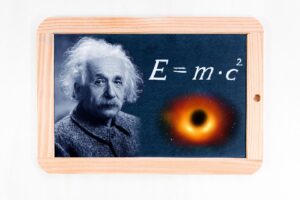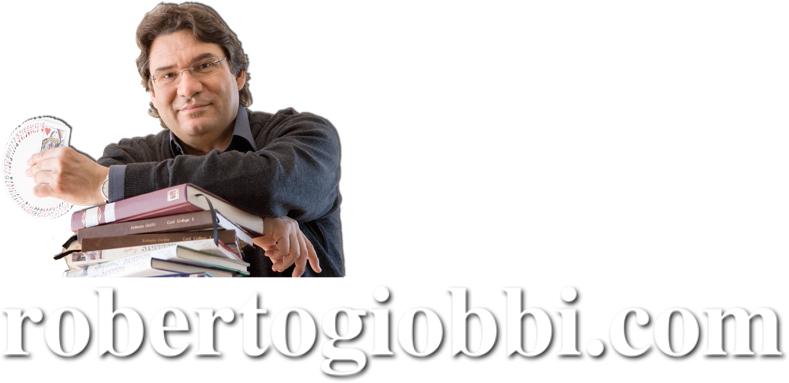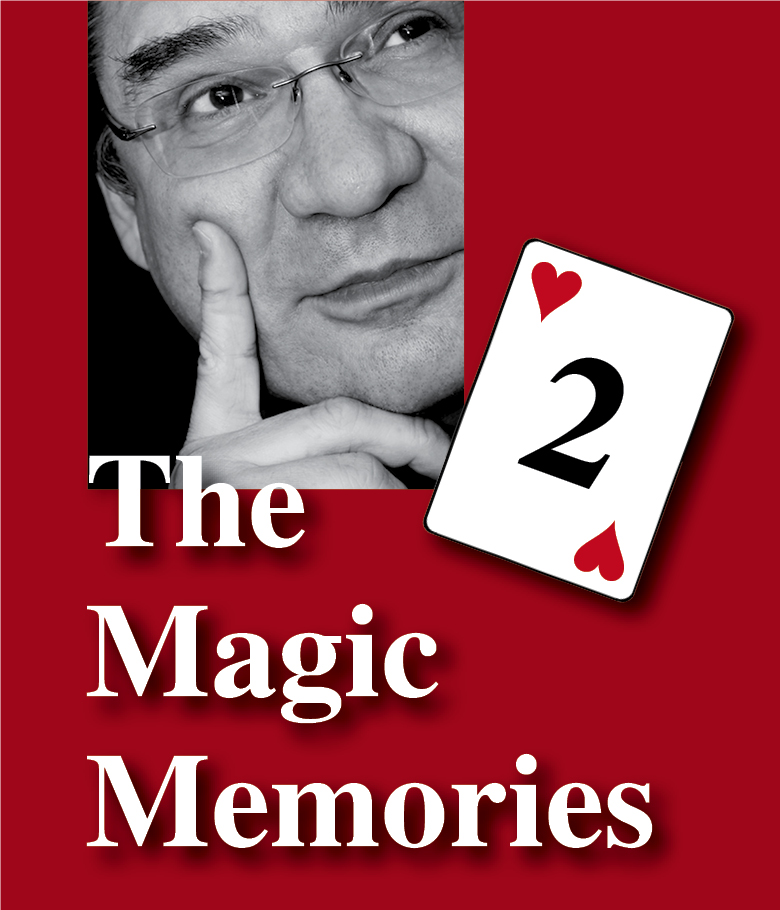
Hello everyone!
We are at the 7th episode of The Magic Memories, and for a change let’s do a card trick, a simple one at that, but as Confucius should have said, “Simplicity is the privilege of the masters”. Unfortunately he failed to say it, so he left it to me to pronounce 🙂
If you are reading this you very likely own or have heard of my Light Trilogy, which was the result of years of studying tricks that do not need any sleight-of-hand, but still had one or various elements, which made them interesting for the student who wanted to broaden his understanding of magic and at the same time add a few good pieces to his active repertoire. If you’d like to know more about this subject, please reread my forewords, especial the one in Card College Light, but also the one in Card College Lightest (the one with the Bocuse fried eggs, which in the New World they call “Eggs Sunny Side Up”).
When I wrote and published the first volume in German in 1988, 33 years ago as of this writing, there called Roberto Light, it didn’t occur to me in my wildest dreams that one day it would become a bestseller and be translated into eight languages, which is not so bad for a magic book, but of course would make Dan Brown laugh out loud.
The first piece in the third book , Card College Lightest, is called “Einstein’s Card Trick,” even though Professor Einstein had nothing to do with it, but my dear friend Richard Vollmer of Strasburg had. In corresponding with him—Richard, not Albert—about this trick, the issue of how to handle the initial phase was brought up. As is usually the case, after a few days I received a nice letter from Richard, as Richard and I must be among the last letter-writers on this planet, in which he detailed a procedure that would make the beginning of the piece smoother and safer. Some might still prefer the version as it is described in Card College Lightest, and that’s perfectly fine, but I would like to use this blog to bring you what Richard and I think is an interesting variation. For those who don’t have the book, don’t fear, as the following description is completely self-contained.
Einstein – Zweistein
Richard’s trick relies on two principles. The first is a wonderful mathematical control commonly called the “automatic placement.” Scotland’s Peter Duffie has pointed out what is so far its earliest identified application: “Number Trick” by Van Osdol, in W. F. (Rufus) Steele’s 50 Tricks You Can Do, Chicago, 1946, p. 56. Steele introduces the piece by writing, “This trick is an old timer … ,” which tends to confirm some experts’ opinion that the principle, while not readily documented, goes back many more years. The second principle is an idea based on work by the brilliant British magician, Alex Elmsley. (See Elmsley’s “7-16”, first published in his September 1957 lecture notes Low Cunning, then in fuller form in Ibidem, No 13, March 1958, and also in Minch’s The Collected Works of Alex Elmsley, Volume I, 1999. After the first time you’ve performed this trick and find that you simply do not understand how it works, given all the variables determined by an audience member, you may come to understand the title.
Effect: Using a procedure the performer ascribes to the Nobel Prize winner Albert Einstein, a member of the audience finds a card noted by him earlier in a most unusual and astonishing way.
Method: The first nice feature about this piece is that it doesn’t require any preparation whatsoever and can be done at any time with any deck. In fact, you can do this trick with the worst cards available and the deck needn’t even be complete. It is a good thing for any performer to have at least three such card tricks in his or her repertoire—so this could be one of them. [Note for notetakers: Open a note now in your note taking app or start a new section in your paper notebook, and there make a list of all the tricks you know, which can be performed with a sub-optimal deck; as a sub-category make a list of tricks that can be performed with a incomplete sub-optimal deck.]
Start by delivering what is my favorite line in this trick, “Do you know the Einstein card trick? I can assure you it is relatively good.” Yes, I know, verrrry funny… As soon as the audience has recuperated from this hilarity (or maybe not), continue, “Most people know Einstein as a gifted physicist. However, only a few people are aware he had a special interest in magic—and he invented an extraordinary and entertaining experiment, which I would like to perform for you now.” We call this “artistic license”…

Hand the deck to someone to shuffle thoroughly and then cut.
In the original version you now had to give your helper ten cards, but in this variation you can simply instruct the spectator to cut off about a quarter of the deck. In order for this variation of the trick to work, the packet cut off must contain at least eight and not more than 16 cards. To ensure this, you can ask your spectator to shuffle the deck and then cut it into two equal halves. Then ask him to cut each packet in half once more. The spectator is then asked to choose any one of the four packets.
Let’s break for a moment here and have a closer look at this situation. A challenge in this type of trick is to find some kind of justification—humorous, serious, or pseudo-scientific—for doing the things that are necessary in order for the principle to work. This is the penalty so-called “self-working tricks” exact: they require actions that are unusual or lengthy. All of these procedures require motivation. It doesn’t so much matter what this motivation is as long as it makes sense, even though this sense can be nonsensical, like in a fairy tale or in a sci-fi story, both of which can be fantastic, but respect consistency in theme and continuity.
To justify the above-mentioned selection procedure you could, for example, state, “An ordinary magician would now simply ask you to think of a card. But Einstein, of course, being a world-famous scientist, would do it differently. And I will do it exactly as he did.” You can easily recognize that, strictly speaking, this does not explain why it has to be done this way, but the words and the actions lead elegantly into each other and prevent the spectators from feeling that something is not the way it should be. The spectator has neither time nor reason to protest and is automatically led from one step to the next. Maybe some school of thought would call this a hypnotic structure? A most interesting and useful concept of elegance in deception hides behind this example and we might elaborate on it in some other time. For now, let’s leave it at this. As I said, this is just an idea, and you are cordially invited to find something of your own.
Back to the trick: the spectator has chosen a packet. Ask him to thoroughly shuffle and cut it and eventually look at the card on the face of his chosen packet. Let’s assume this card to be the Eight of Hearts. Make it crystal clear by explicitly mentioning it, that nobody can know how many cards he is holding (1), what cards they are (2) and in what order they are (3). These are three statements, all of which are true—although the number of cards is limited due to the cutting procedure used, so we have a half-truth—the last two statements are unconditionally true and will therefore override the limitation of the first statement. This is another concept of linguistic and logic deception that would require a more detailed inspection, but we’ll leave it as another open door to a room into which you may step at your own leisure. [Note-takers will open another note, describe the concept briefly, name it the “Principle of Partial Truth”, and then find several other examples in order to install it as a skill for future application in one’s own work, as this is of course the aim of the whole exercice. Or wait for my upcoming book 52 Theories…]
With his card still on the bottom of the packet, proceed with your instructions, “And because this trick was created by Einstein, in homage we will spell the name of this great scientist.” Following your instructions, your helper looses his selection in the packet by spelling “Einstein” and transferring two cards for each letter from the top to the bottom of the packet (not one card as in the original version). The two cards can be taken together, which doesn’t change their order, or one on top of the other, which reverses their order, then put on the bottom. The fact that two cards are taken for each letter is explained by saying that the two corresponds to the “2” in the formula E=MC2, of course. Everybody who understands the Theory of Relativity will agree with this; for all the rest (that’s all of us except Einstein and a very few others) it will suffice to believe what we say here.
Recap (briefly!), “Because I have no idea how many cards you have, I also cannot know where your card is located. If you had cut more cards or fewer, your card would be at a completely different position.” Allow this to sink in, as it is true. “And there is absolutely no way I could know which card is yours.”
Continue, “Before Einstein became famous, he invented the Australian deal, which later led him to his theory of relativity. It goes like this.” Ask your helper to deal the top card of his packet face down onto the table. Have him then move the next card to the bottom of his packet. Once again have him deal the top card onto the table, then transfer the next one beneath the packet. He continues in this way until he holds only one card. Again, in this procedure, with one card out of two being eliminated, explain that this is so because the two refers to the “2” in the formula: “Obvious, Watson, obvious!” You can choose to do the dealing yourself, actually I recommend you do, to avoid mistakes and keep up the rhythm.
All that is left for you to do is to underscore the impossibility of the remaining card being his. But when your helper turns his card up, it is exactly the one he noted earlier. Einstein the genius has won again (and should be renamed Zweistein).
As Richard wrote at the end of his letter to me: “Easy, neat and cute, isn’t it?”
Lest I Forget … Carefully study the words I have chosen in the suggested text above. Then use the ideas you find in them to write your own presentation. This spoken staging ensures that your helper does and thinks what you wish him to. It will appear to many that you have somehow manipulated a freely thought-of card. In truth, you don’t know the identity of the selection; you merely rely on its position in the packet. Isn’t the psychology of magic subtle? I would like to point out to anyone who likes to experiment that this trick works not only with the name “Einstein,” but with any word that contains eight letters. Armed with this knowledge, you can now develop your own unique presentation for this effect.


Lieber Roberto,
danke herzlich für Einstein – Zweistein !! Ich amüsiere mich köstlich…!
Übrigens – Leonardo da Vici soll gesagt haben: “Einfachheit ist die höchste Form der Raffinesse”. Auch gut !
Beste Grüße zum 14.02.2021
Roland